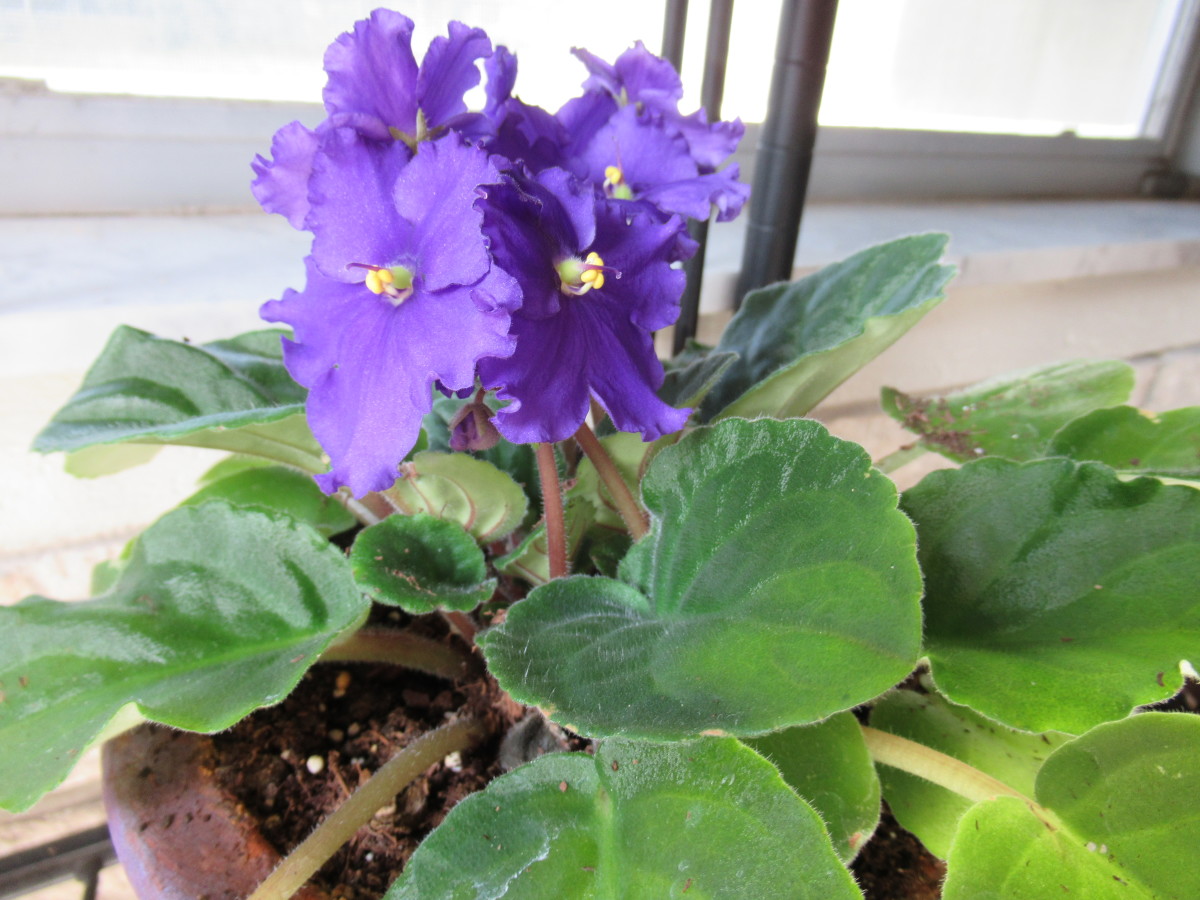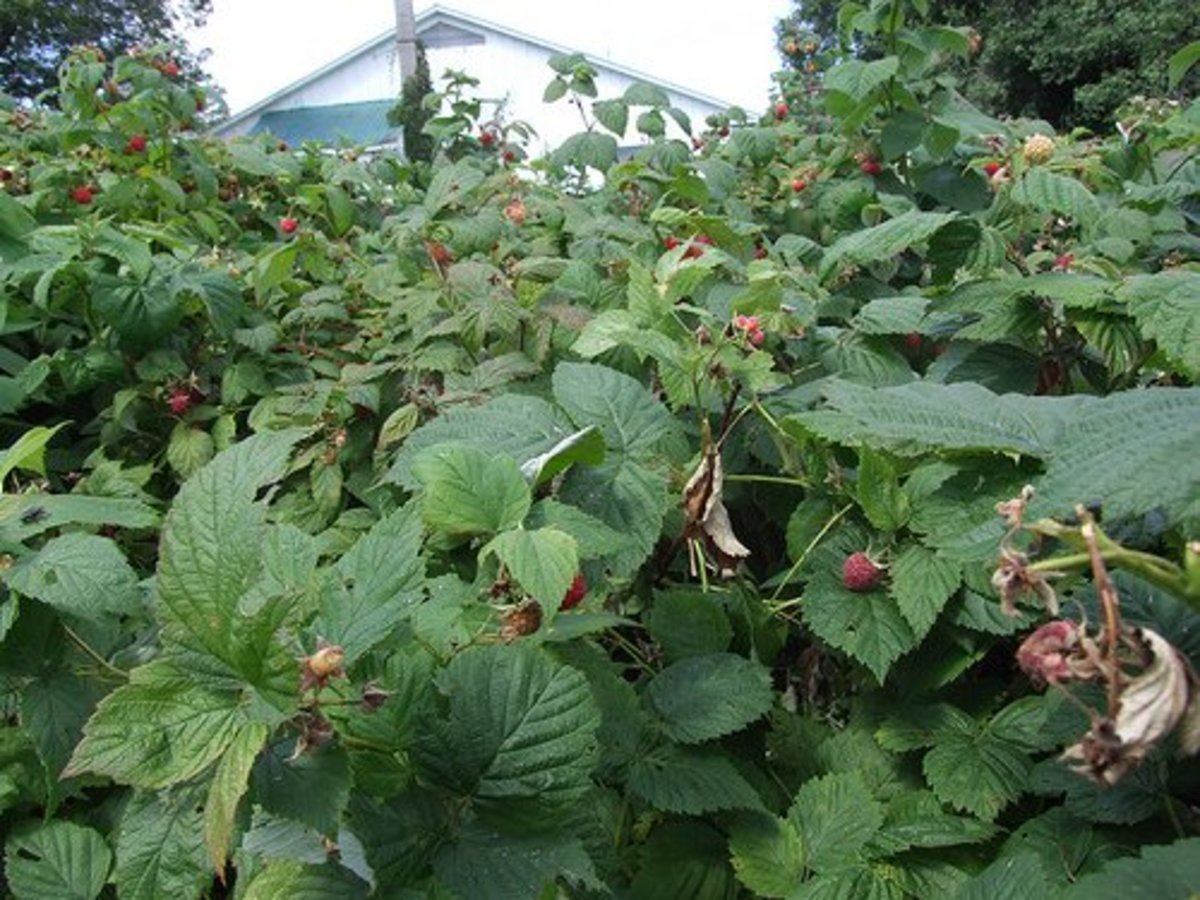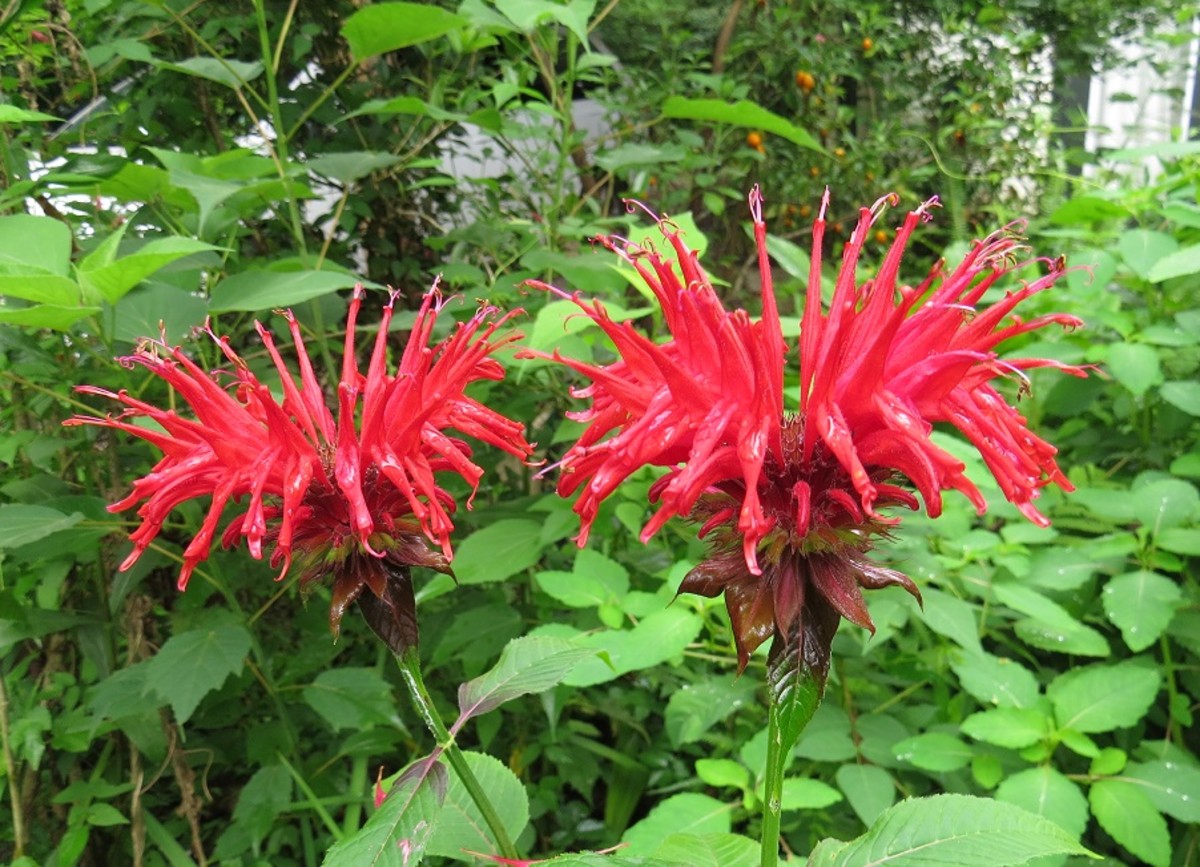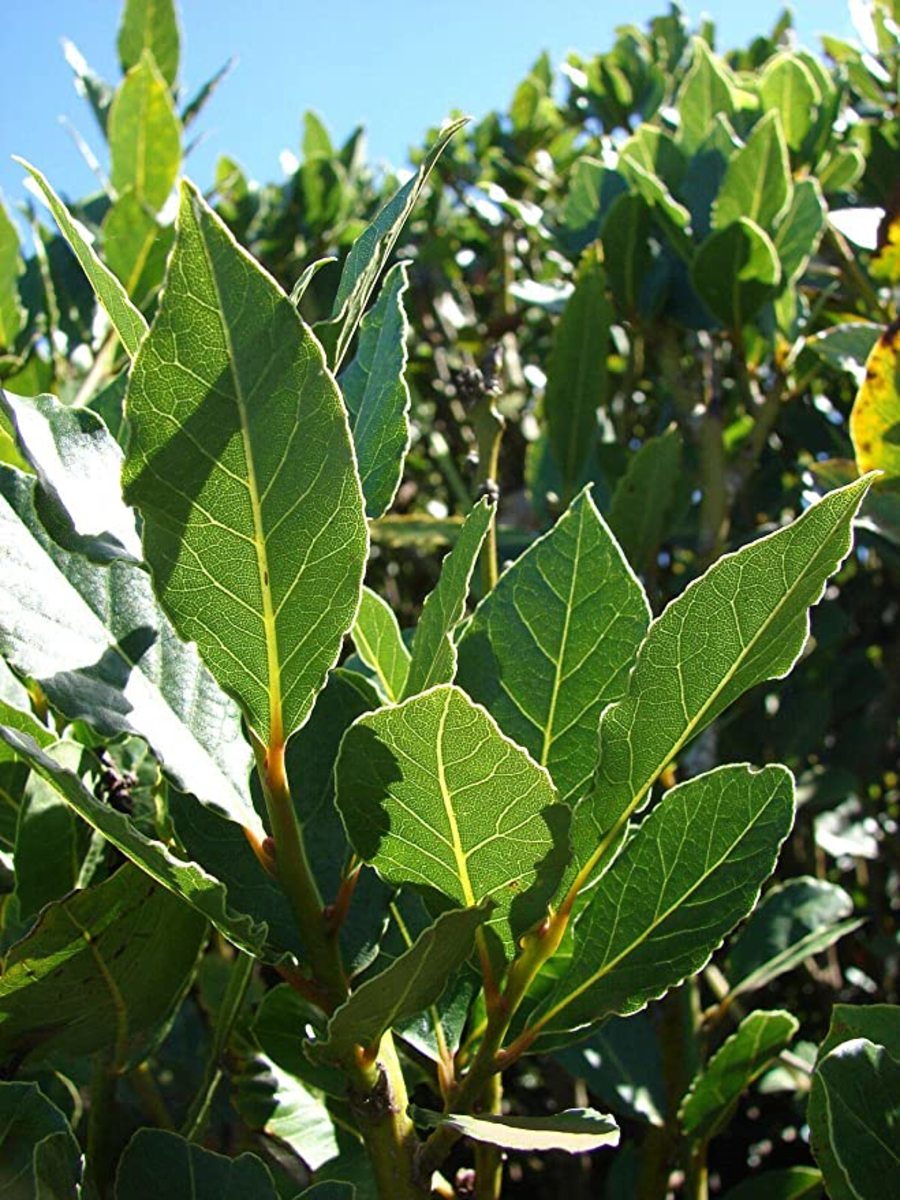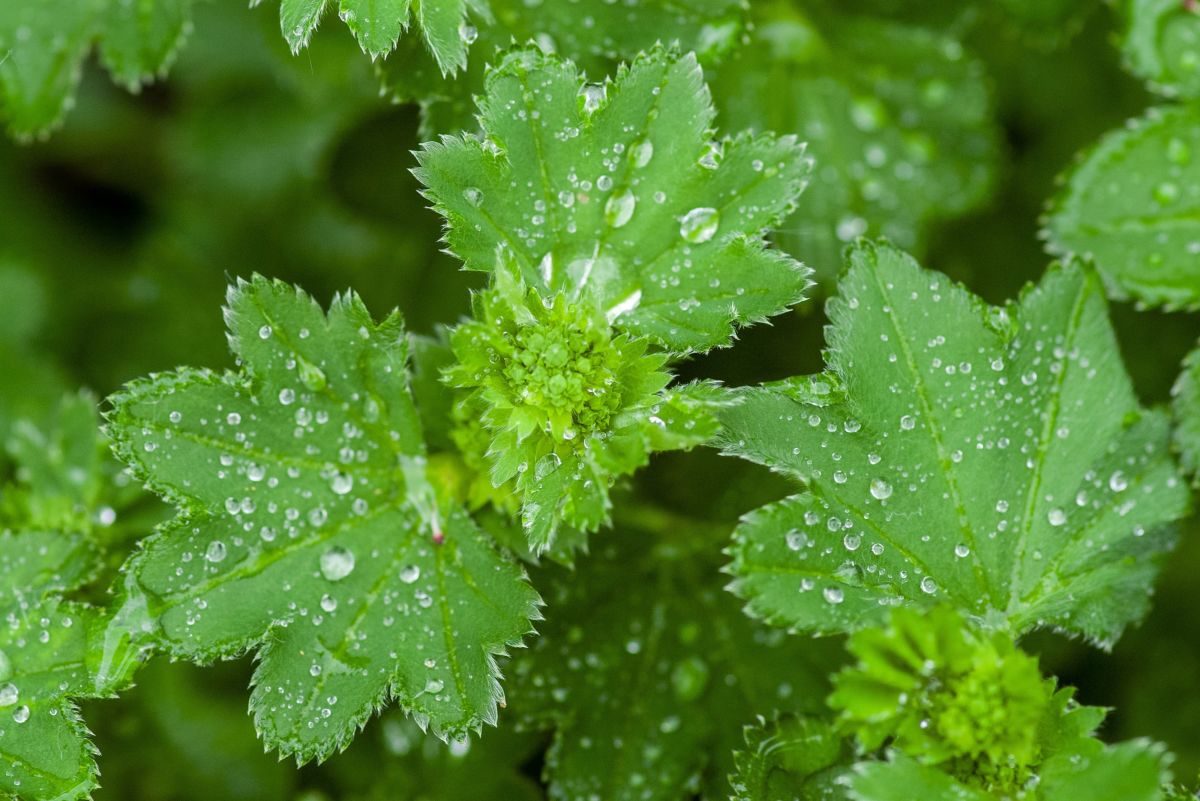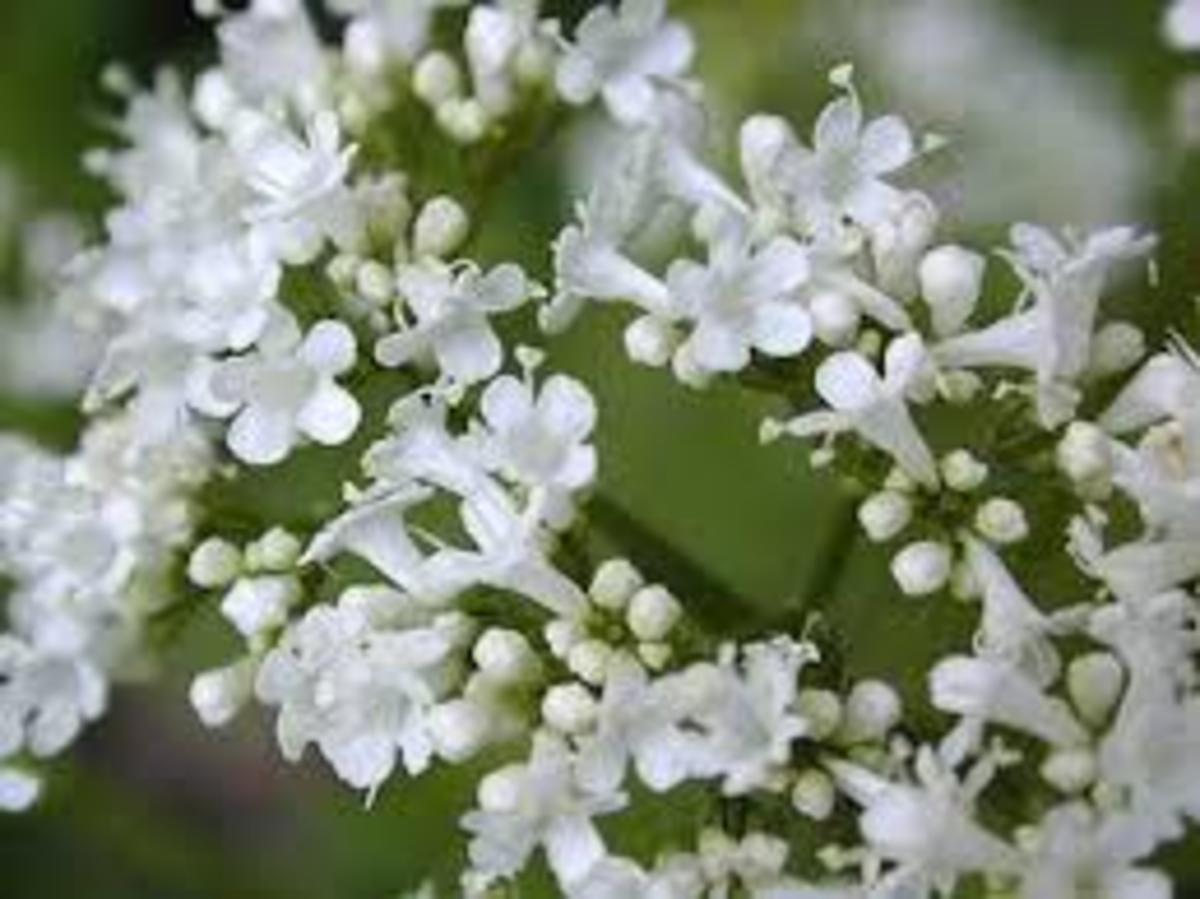- HubPages»
- Health»
- Alternative & Natural Medicine»
- Herbal Remedies
Ten Herbs and Healing Plants Found in Britain
There are many easy to find or grow plants that can be used to heal and prevent illness. Some of these many be plants that you are familiar with already or have growing at home. Some are considered as weeds and a pest or eyesore by those who do not know how useful these plants can really be. For example a patch of red clover or dandelions in the middle of a path or driveway will be quickly cleared away in favour of preserving the neat and tidy appearance of the area.
Chemical compounds known as phytochemicals occur naturally in plants and are responsible for the ability that many plants have to treat disease. Herbal medicines work on the body in similar ways as conventional drugs and phytochemicals have been used by humans to create highly powerful drugs such as morphine and codeine. The discovery of a particular plant’s healing qualities has also led to the development of conventional medications such as aspirin.

Herbal remedies can be just as effective as conventional treatments and may even be successful where these have failed to help. They also often lack the undesirable side effects that many conventional drug treatments can cause. It is important however, to take care with herbal treatments as in some cases they may not be safe, for example in use with children, pregnant women or with certain medical conditions. Although these remedies are natural and obtained purely from plants they can still have adverse effects on some people and in some cases potentially be fatal.
Another important point to consider is the potential danger involved in collecting plants and other materials to be used in creating herbal remedies. This is especially true when foraging for plants in the wild. Some poisonous plants can very closely resemble others that are harmless and so mistakes can occur. The best approach is to never pick and use anything unless you are completely certain that you have identified it correctly. There are many good books and websites that can assist in plant identification as well as courses in foraging that you may be able to attend.
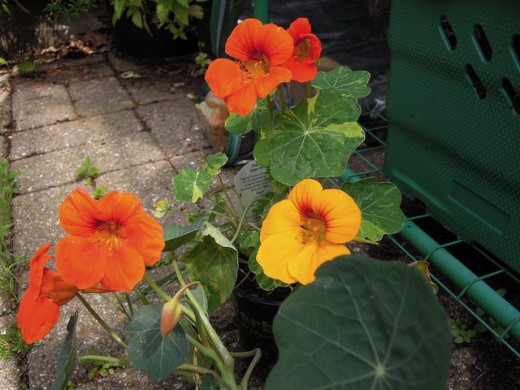
Many of the plants are instantly recognisable due to their everyday presence in life and it can be interesting to learn that these seemingly humble and even annoying plants and ‘weeds’ can greatly benefit our lives. If you cannot harvest plants for yourself or do not feel confident enough to do so yet, it is possible to buy a large variety of herbs online or in shops. If you have a garden or even a balcony or patio space many can be successfully grown and safely harvested as you can be sure of what you planted. These can be picked when needed or preserved for later use with no fear of misidentification or contamination from pollutants.
Lastly though not least importantly, when collecting plants, seeds, roots and any other items from the wild it is important to consider the impact this will have on the plants and the environment. Never collect all of one item from an area or strip a plant of all of its leaves, flowers or fruit. Take care not to damage the plants that you leave or any that are surrounding them as you harvest. It is also important to consider the needs of wildlife as many animals and birds rely on wild plants to provide them with food and shelter.
Sweet violet (Viola odorata)
Also known as wood violet and English violet, this low spreading plant is generally found near the edges of woodland and in clearings. It can also be grown successfully in gardens. The violet flowers have a distinct aroma that is often used in fragrances.
For coughs add 2 teaspoons of flowers to 250 ml of cold water. Bring to the boil and then remove the pan from the heat and leave to infuse for 5 minutes. Strain and drink 2 -3 cups a day sweetened with honey if desired.
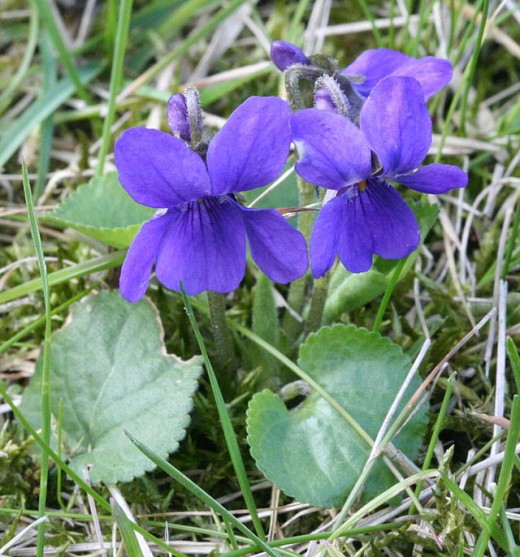
Sage (salvia officinalis)
Sage is well known as a cooking herb and can be grown easily in most areas. This aromatic shrub has soft hairs on the leaves and grows to around 70 cm tall.
Make a sage mouthwash by adding 1-2 teaspoons of sage leaves to 250 ml of water. Bring to the boil and simmer for a few minutes. Leave to cool before using to gargle as normal.
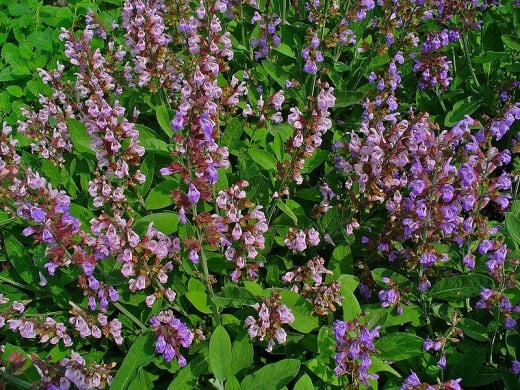
Black Mustard (Brassica nigra)
This tall flowering plant can be found in fields, wasteland and along footpaths.
Mix 100g powdered mustards seeds with lukewarm water to create a paste. Smear on to a bandage and apply for up to 10 minutes to ease rheumatoid pain and aid circulation.
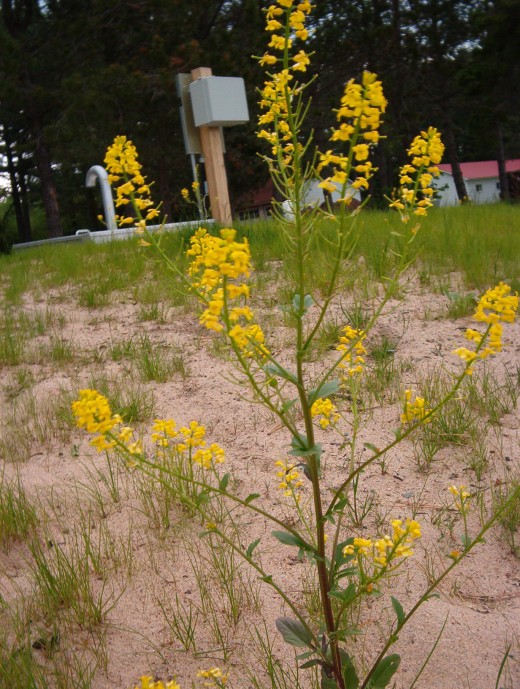
Alexanders (Smyrnium olusatrum)
Hairless aromatic plant with yellow-green flowers that is generally found in hedges, waste ground and on roadsides. The leaves can be eaten in salads or the young stems can be cooked like asparagus. Alexanders roots are a mild diuretic and the leaves are rich in vitamin C.

Sunflower (Helianthus annuus)
This easily recognisable annual can easily be grown from seed and is a popular choice with children and adults alike.
Massage aching joints with sunflower seed oil or wrap in an oil soaked cloth.
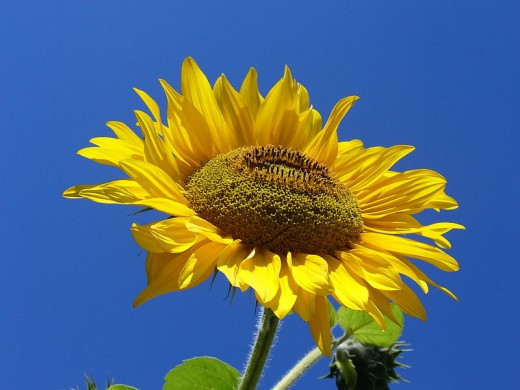
Dog Rose (Rosa Canina)
Woody perennial commonly seen growing wild in hedgerows and woods. Rose hips have many uses included making jam ad rose hip syrup. The petals can also be crystallised and used to decorate cakes.
Boil 2 teaspoons of rosehips in 250 ml of water to make a tea to aid recovery after a cold or fever.
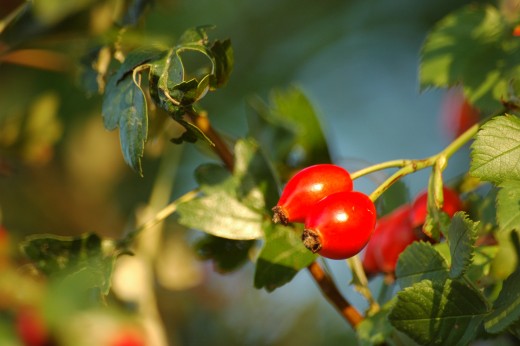
Red Clover (Trifolium pratense)
Commonly found growing wild in fields, grassy banks, roadsides and waste ground with round pink flower heads. The flowers and leaves can be eaten in salads.
For coughs: infuse 4 – 6 flower heads in a cup of boiling water and stand for 15 minutes. Strain and drink 2-3 cups daily. The tea can be sweetened with honey if desired.
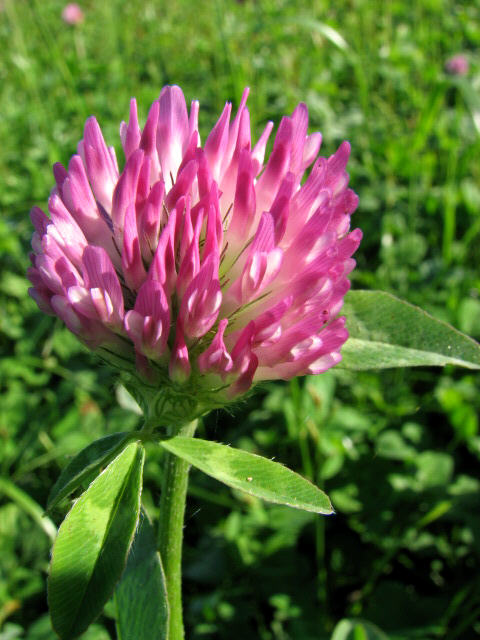
Raspberry (Rubus idaeus)
These fruits are not often found wild but can be grown at home in the garden or in large pots. Raspberry leaf tea can be bought in supermarkets and health food shops.
Raspberry tea for menstrual issues – Pour 1 cup of water over 2 teaspoons of raspberry leaves and seep uncovered for at least 5 minutes. Strain and drink.
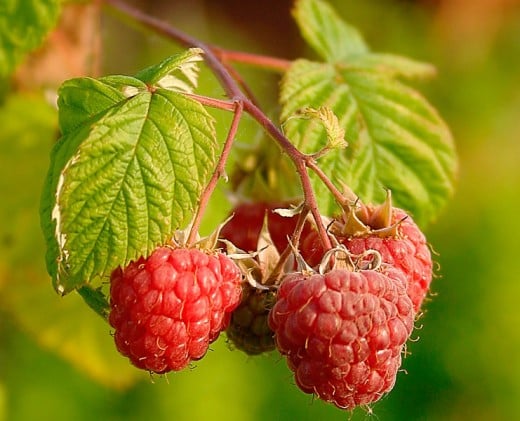
Hawthorn (Crataegus monogyna)
Often seen in woodlands and parks this small tree has small white flowers and red berries, which are sometimes known as haws. Young leaves can be eaten raw in salads and haws can be used to make jams and wine.
An infusion of 2 teaspoons of hawthorn flowers and 250 ml of boiling water can be drunk to ease the nerves.
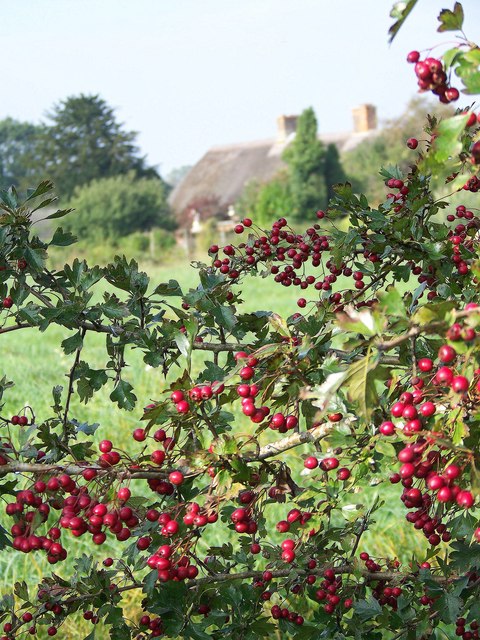
Peppermint (Mentha x piperita)
Peppermint is sometimes seen growing wild or as a result of having spread from gardens. It can be grown easily at home and spreads quickly. To contain its growth it can be grown in pots or other containers.
Peppermint tea is useful for digestive disorders. This can be bought fairly easily or made by infusing 1 teaspoon of peppermint leaves in 1 cup of boiling water for 10 minutes. Strain and drink as required.
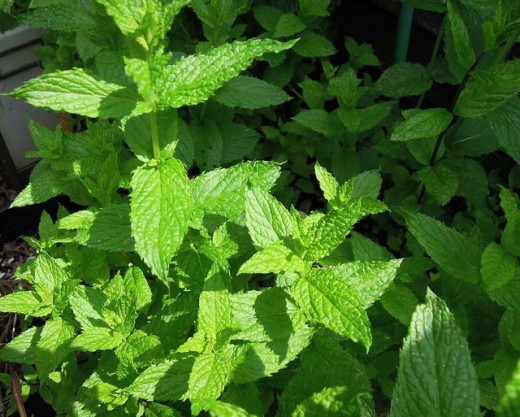
© 2014 Claire

